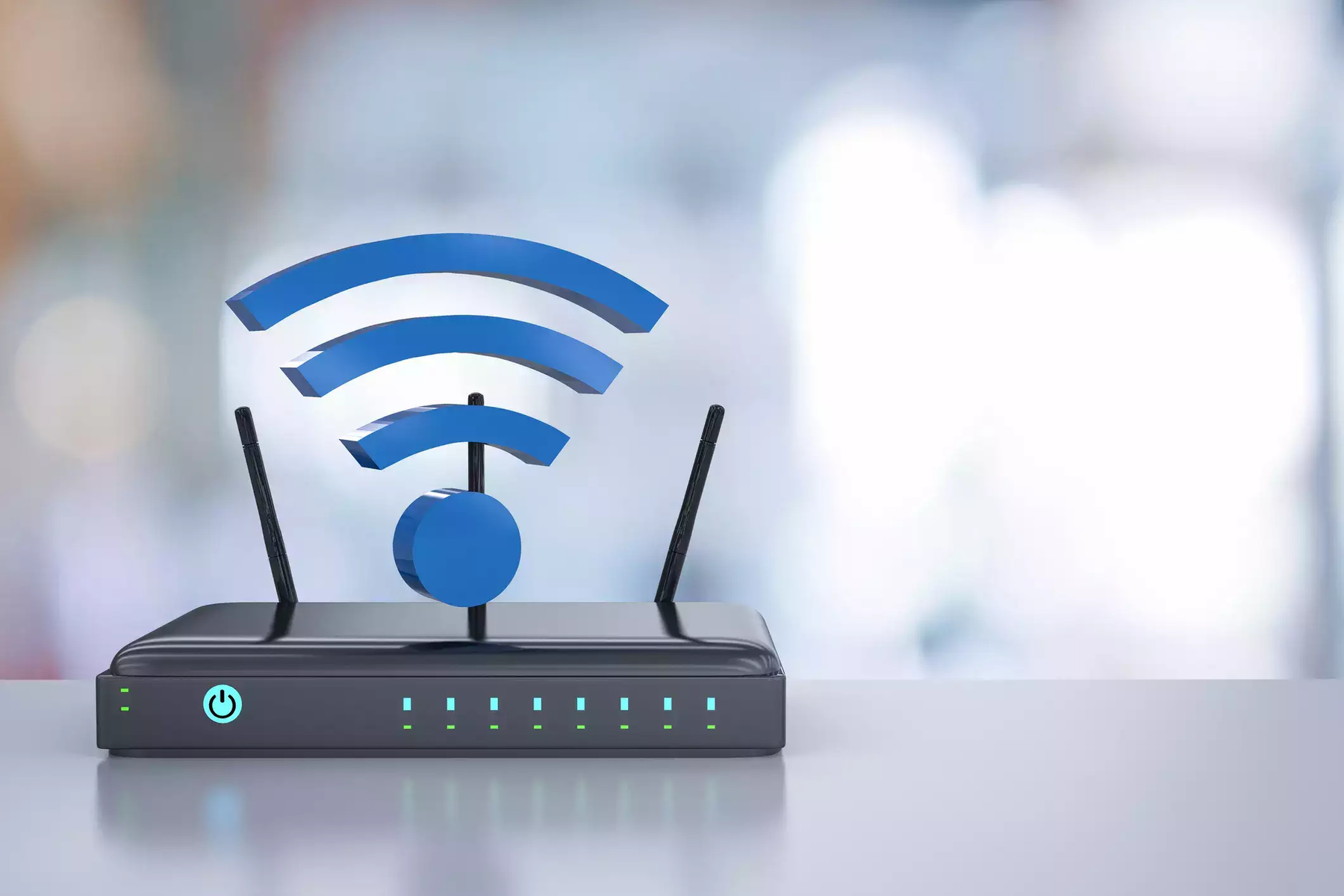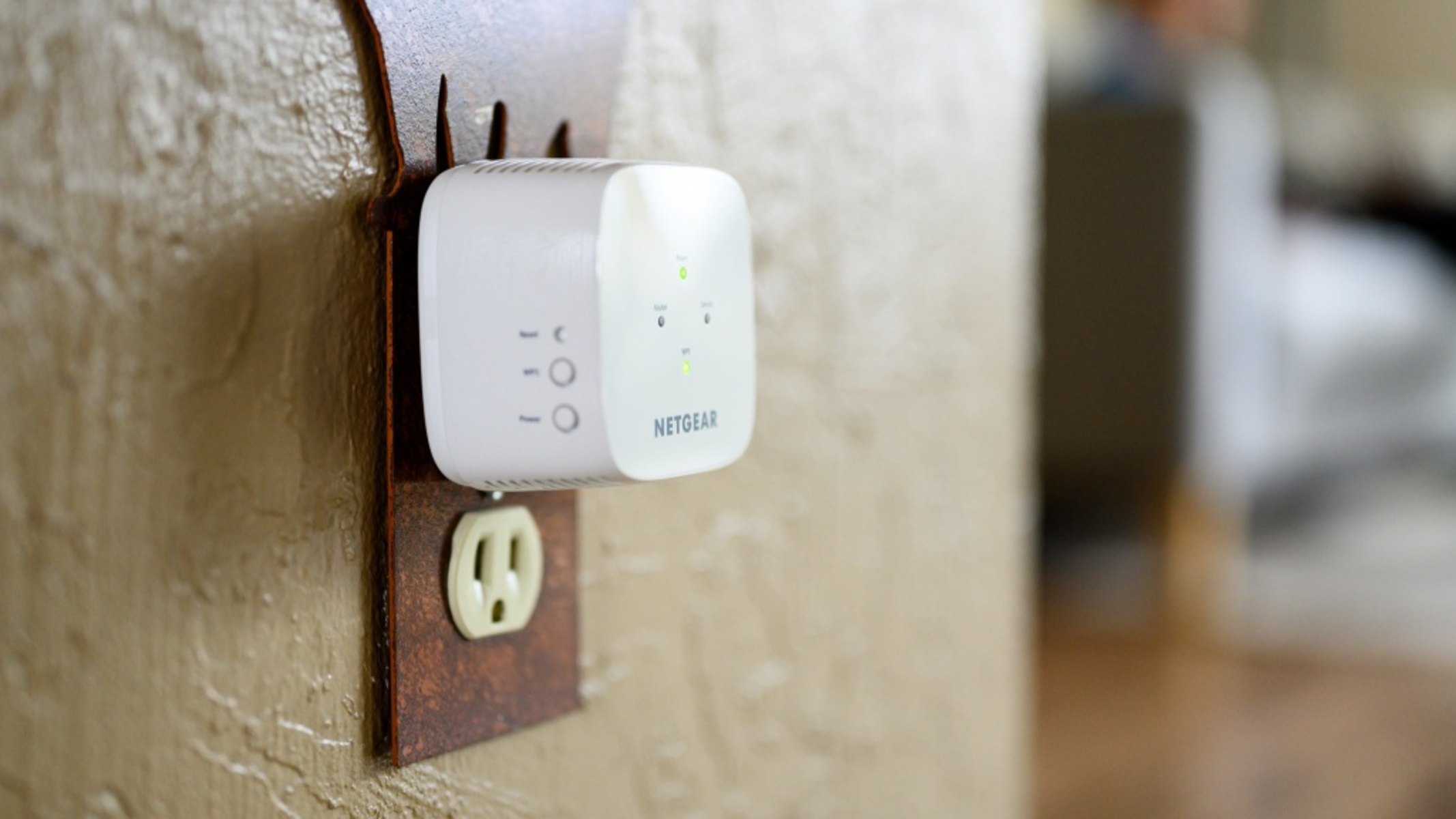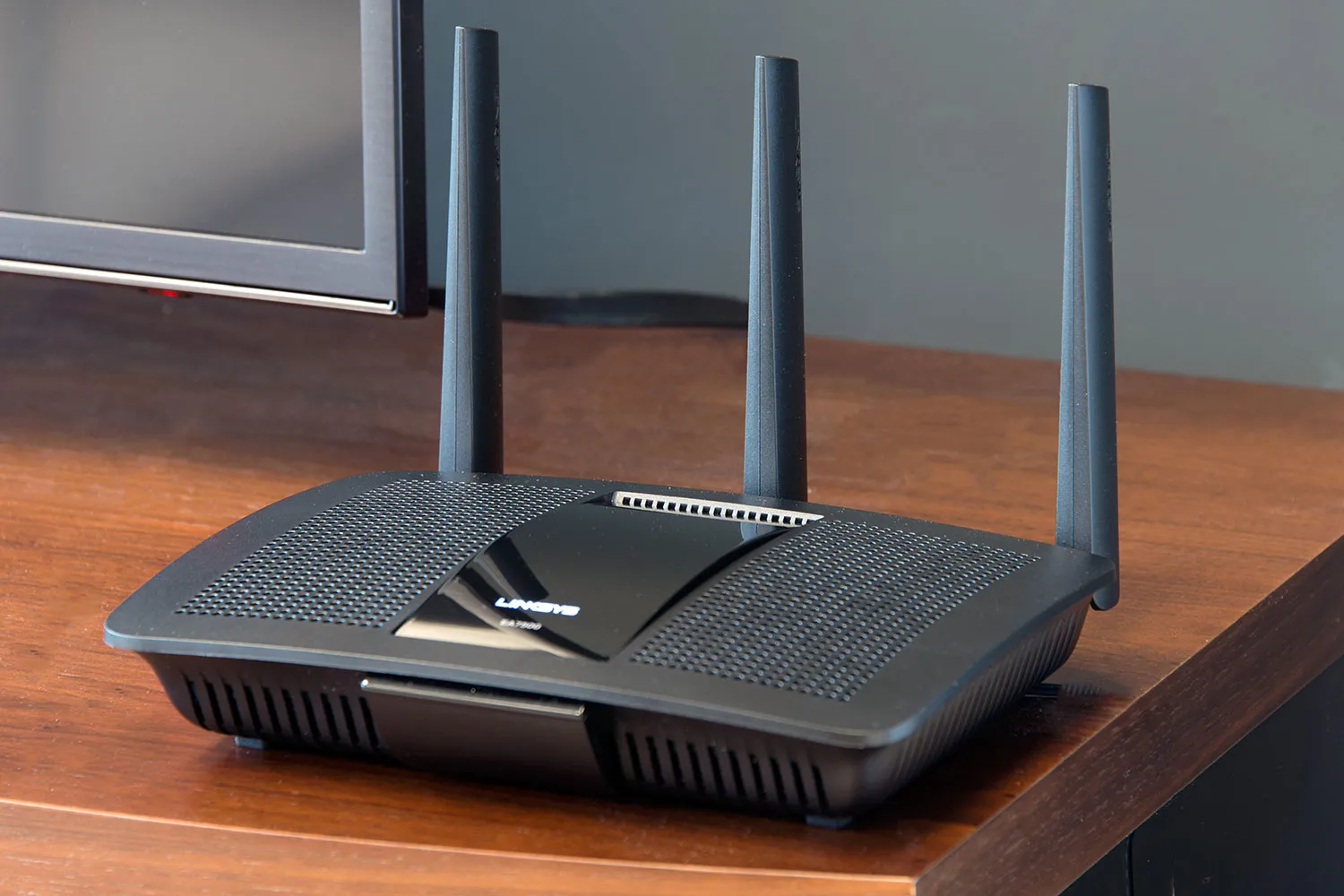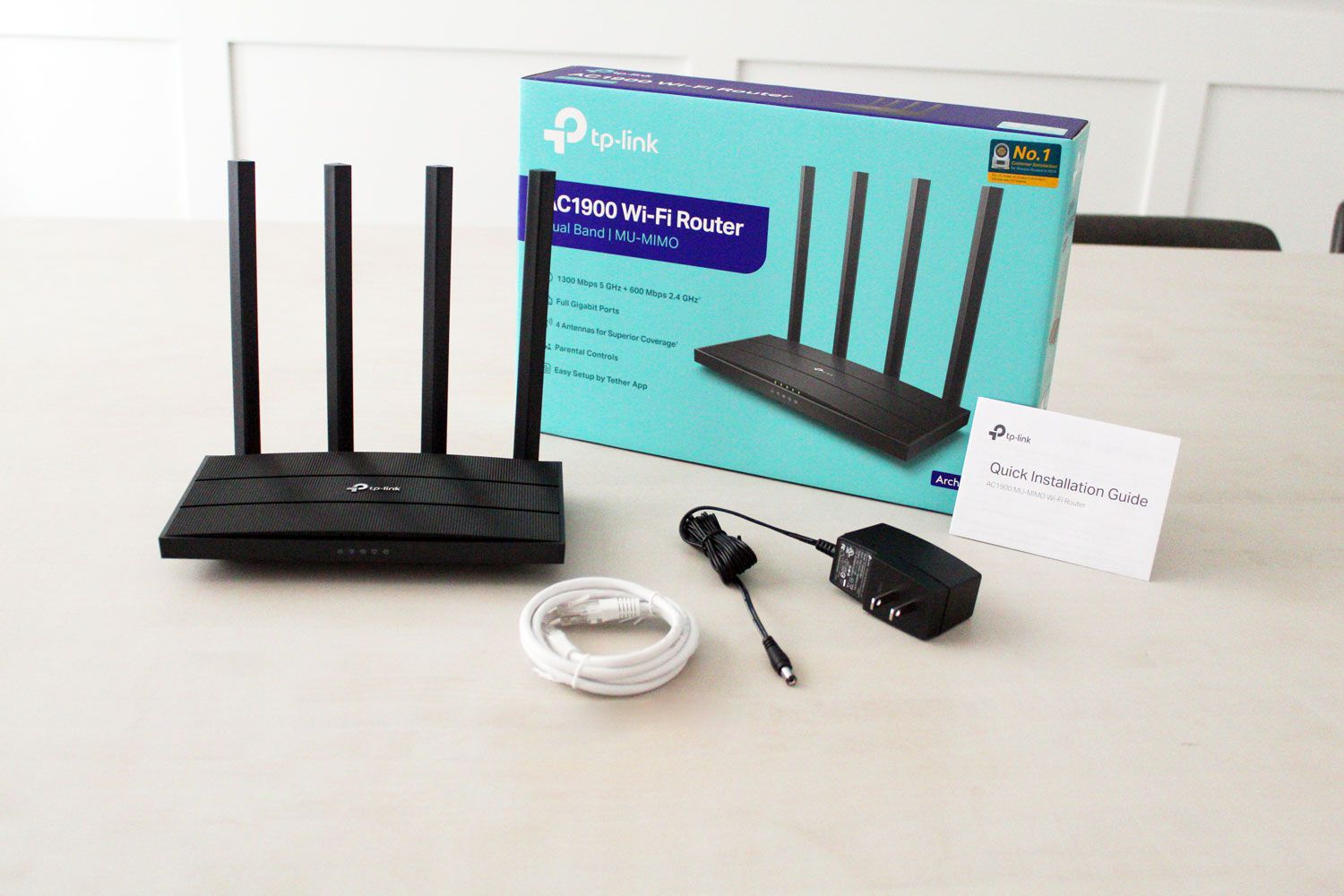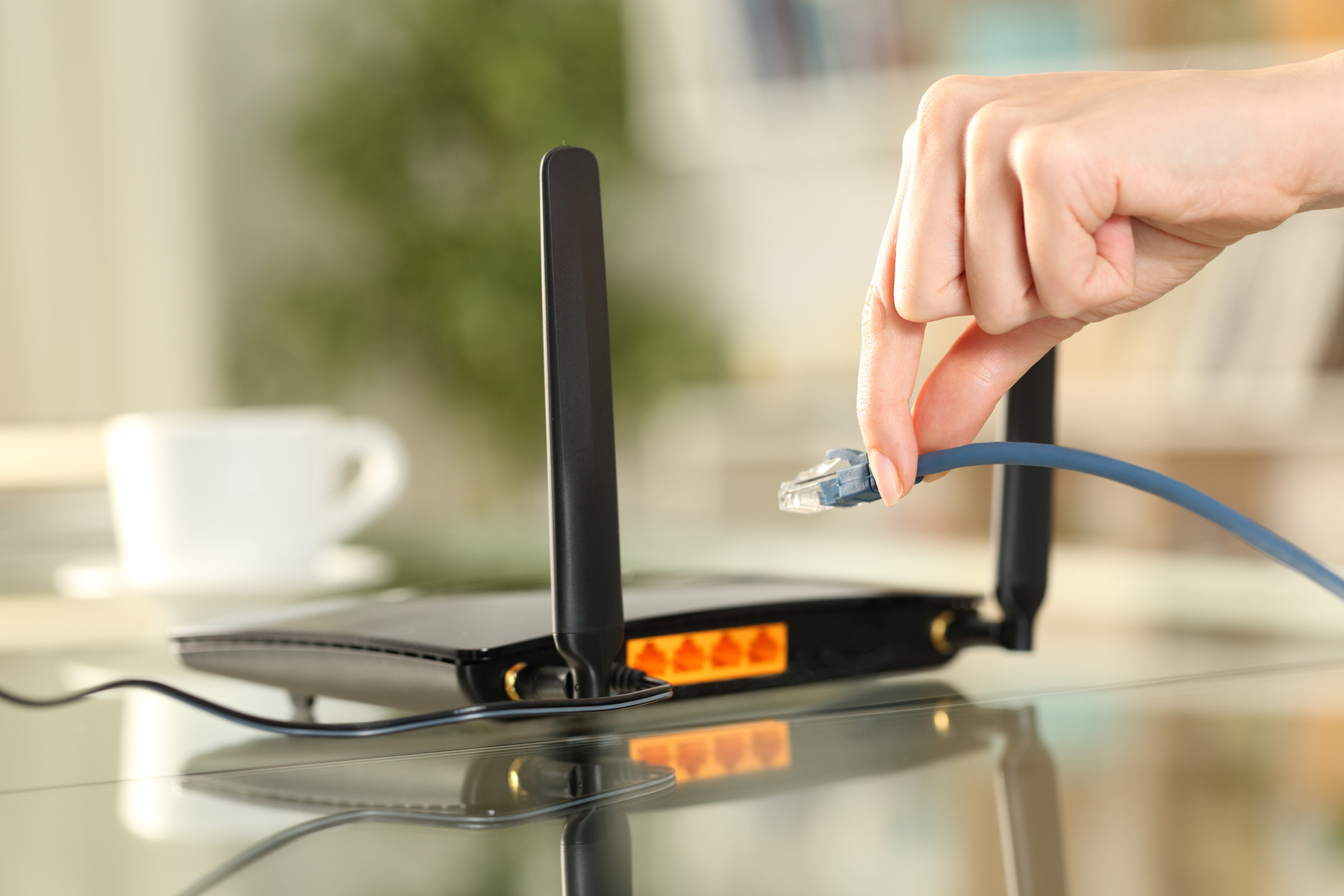Signs of a Bad Wireless Router
A wireless router plays a crucial role in providing internet connectivity to your devices. It acts as the gateway between your devices and the internet, allowing you to browse, stream, and connect with ease. However, like any other electronic device, wireless routers can encounter issues over time. To ensure a seamless internet experience, it’s important to be aware of the signs that indicate a bad or malfunctioning wireless router.
1. Slow or Unreliable Connection: One of the most common signs of a bad wireless router is a persistent slow or inconsistent internet connection. If you notice consistently slow download and upload speeds or frequent interruptions while streaming or gaming, it may be time to check your router.
2. Frequent Disconnections: If your wireless router frequently disconnects from the internet, it could be a sign of underlying issues. Disconnects can happen due to outdated firmware, overheating, or interference from other devices.
3. Limited Range: Another indication of a bad wireless router is limited coverage range. If you notice weak signals or difficulty connecting to your router from certain areas within your home or office, it may be a sign that your router is not functioning properly.
4. Overheating: Wireless routers generate heat during operation, but excessive heat can cause performance issues. If your router feels excessively hot to the touch, it may be overheating. This can result in slower speeds, frequent disconnections, or even complete failure.
5. Outdated Firmware: Router manufacturers frequently release firmware updates to address bugs, vulnerabilities, and improve performance. If you haven’t updated your router’s firmware in a while, it could be affecting its functionality and performance.
6. Constant Need for Rebooting: If you find yourself constantly rebooting your router to resolve connectivity issues, it could indicate a deeper problem. While occasionally rebooting can help, if it becomes a frequent occurrence, it may be time to consider a replacement.
7. Hardware Failure: Over time, the hardware inside your wireless router can wear out or become faulty. If you experience frequent hardware-related issues, such as ports not working or lights not lighting up, it is a clear sign that your router needs attention.
If you notice any of these signs, it is important not to ignore them. A bad wireless router can cause frustration and hinder your online activities. In the next section, we will discuss how to troubleshoot and address these issues.
Ways to Tell If Your Wireless Router Is Not Working Properly
A reliable wireless router is essential for a smooth and uninterrupted internet experience. However, there may be times when your router isn’t working as it should. To determine if your wireless router is not working properly, consider the following indicators:
1. No Internet Connection: The most apparent sign that your router is not working properly is a complete lack of internet connectivity. If none of your devices can connect to the internet through the router, it may be a clear indication of an issue.
2. Inconsistent Wi-Fi Signal: If your Wi-Fi signal is weak or constantly fluctuating, it’s likely that your router is not functioning optimally. You may experience dropped connections or difficulty connecting to your network from certain areas within your home or office.
3. Slow Internet Speeds: If your internet speeds are consistently slower than expected, your router may be the culprit. Slow speeds can be due to outdated firmware, interference from other electronic devices, or issues with the router’s hardware.
4. Unresponsive Router: If your router is unresponsive or doesn’t respond to changes in settings, it could be an indication of a larger issue. This may require you to reset the router or seek technical assistance.
5. Overheating: Routers generate heat during operation, but excessive heat can lead to performance issues. If your router feels excessively hot to the touch, it may be overheating, which can cause connectivity problems or even hardware failure.
6. Router Lights: Pay attention to the lights on your router. If you notice any lights are consistently off or flashing in an unusual pattern, it could indicate a problem with the router or its connections.
7. Limited Range: A wireless router should provide sufficient coverage throughout your home or office. If you frequently experience weak signals or difficulty connecting to your network from a short distance, it may be an issue with your router’s range capabilities.
If you observe any of these signs, it’s important to take action to resolve the issues. In the next section, we will discuss the importance of regularly checking your wireless router for problems and ways to troubleshoot a bad router.
The Importance of Regularly Checking Your Wireless Router
Your wireless router is a critical component of your home or office network, responsible for providing internet connectivity to all of your devices. Regularly checking and maintaining your router is essential to ensure optimal performance and a reliable internet connection. Here are several reasons why regularly checking your wireless router is important:
1. Preventing Potential Issues: By regularly checking your router, you can identify and address any potential issues before they escalate. This proactive approach can prevent frustrating internet downtime or sudden router failures that can disrupt your work or leisure activities.
2. Maximizing Performance: Over time, routers can experience performance degradation due to factors like outdated firmware or accumulated dust. Regular checks allow you to update firmware, clean dust from vents, and optimize settings to ensure your router is functioning at its best.
3. Ensuring Network Security: Wireless routers are vulnerable to security threats, such as unauthorized access or malware attacks. By keeping your router’s firmware up to date and periodically changing the Wi-Fi password, you can enhance its security and protect your network from potential breaches.
4. Resolving Connectivity Issues: Checking your router can help you identify and resolve connectivity issues. Whether it’s adjusting the position of your router for better signal coverage or troubleshooting interference from nearby devices, regular checks allow you to maintain a stable and reliable connection.
5. Extending the Lifespan: Like any electronic device, routers have a limited lifespan. Regular maintenance and checks can help extend the lifespan of your router by keeping it in proper working condition. This can save you from the hassle and cost of replacing your router prematurely.
6. Optimal Wi-Fi Coverage: Examining the signal strength and coverage of your wireless network is crucial to ensure all areas of your home or office receive a stable Wi-Fi connection. Regular maintenance allows you to identify dead spots, adjust antenna positions, or consider additional equipment like Wi-Fi extenders to improve coverage.
Regularly checking your wireless router is an important task that should not be neglected. By proactively monitoring and maintaining your router, you can avoid potential issues, maximize performance, enhance security, resolve connectivity problems, and extend its lifespan. In the next section, we will discuss how to troubleshoot a bad wireless router.
How to Troubleshoot a Bad Wireless Router
Dealing with a bad wireless router can be frustrating, but there are several troubleshooting steps you can take to identify and resolve the issues. Here’s a guide on how to troubleshoot a bad wireless router:
1. Restart Your Router: The first step in troubleshooting any router issue is to perform a simple restart. Power off your router, wait for a few seconds, and then turn it back on. This can help resolve temporary glitches and connectivity issues.
2. Update Firmware: Check if there are any firmware updates available for your router. Outdated firmware can lead to performance issues or vulnerabilities. Visit the manufacturer’s website, download the latest firmware version, and follow the instructions to update your router’s firmware.
3. Check Network Cables: Ensure that all network cables connected to your router are securely plugged in. Loose or damaged cables can result in intermittent or no internet connection. Consider replacing any faulty cables if necessary.
4. Adjust Router Placement: The placement of your router can significantly impact its performance. Ensure that the router is centrally located and away from obstructions like walls or large objects that can hinder the Wi-Fi signal’s reach. Experiment with different positions to find the optimal placement for better coverage.
5. Clear Interference: Nearby electronic devices, such as cordless phones or microwave ovens, can cause interference with your Wi-Fi signal. Keep your router away from such devices and minimize interference by selecting the appropriate Wi-Fi channel in your router’s settings.
6. Perform a Factory Reset: If all else fails, you can try performing a factory reset on your router. This will restore the router to its default settings. Keep in mind that this will delete any customized settings, so make note of them beforehand. Refer to your router’s manual or the manufacturer’s website for instructions on how to perform a factory reset.
7. Seek Technical Assistance: If you’ve exhausted all troubleshooting steps and are still experiencing issues, it may be time to seek technical assistance. Contact your internet service provider or the router manufacturer’s support team for further guidance.
Remember, troubleshooting steps may vary depending on your specific router model and manufacturer. It’s important to refer to your router’s manual or online resources for detailed instructions. By following these troubleshooting steps, you can often resolve common router problems and restore your wireless network to full functionality.
Steps to Take If You Determine Your Wireless Router Is Faulty
If you have determined that your wireless router is indeed faulty and cannot be resolved through troubleshooting, here are the steps to take to address the issue:
1. Contact Customer Support: If your wireless router is still under warranty, it’s advisable to contact the manufacturer’s customer support. They will guide you through the necessary steps to repair or replace the faulty router. Be prepared to provide them with the necessary information, such as the model number, serial number, and proof of purchase.
2. Consider Professional Repair: If your router is no longer under warranty or you prefer not to go through the manufacturer’s customer support, you can explore the option of professional repair. Look for reputable electronic repair shops in your area that specialize in networking devices. They can assess the issue and provide a quote for repairing your faulty router.
3. Evaluate Replacement Options: If the cost of repair is significant or your router is outdated, it may be more practical to consider replacing it. Research and compare different router models available in the market, paying attention to features, performance, and customer reviews. Choose a router that fits your requirements and budget.
4. Set Up the New Router: Once you have acquired a new router, carefully follow the manufacturer’s instructions to set it up. This may involve connecting cables, accessing the router’s settings, and configuring the Wi-Fi network. Make sure to secure your new router with a strong password and enable necessary security features.
5. Update Firmware and Configure Settings: After setting up the new router, check for any firmware updates and apply them if available. This ensures that your router has the latest security patches and performance enhancements. Configure the settings according to your preferences, such as network name (SSID), Wi-Fi channel, and encryption method.
6. Connect Your Devices: Once your new router is up and running, reconnect all your devices to the new Wi-Fi network. Follow the usual process of connecting to a Wi-Fi network, entering the password, and allowing the devices to establish a stable connection.
7. Test the New Router: Verify that your new router is functioning correctly by testing the Wi-Fi signal strength, internet connection speed, and overall performance. Ensure that all your devices can connect without any issues and experience reliable internet connectivity.
Taking these steps will help you address the issue of a faulty wireless router. Whether you opt for repair or replacement, it’s important to ensure that your network remains secure and efficient. Regularly check and maintain the new router to minimize the chance of future issues.
When to Consider Replacing Your Wireless Router
Wireless routers play a crucial role in providing internet connectivity to your devices. However, there may come a time when you need to consider replacing your wireless router. Here are some situations to help you determine when it’s time for a replacement:
1. Outdated Technology: If your wireless router is several years old, it may lack the latest technological advancements. Newer routers offer improved speeds, better range, and more advanced security features. Upgrading to a more modern router can significantly enhance your internet experience.
2. Inadequate Coverage: If you frequently experience weak or unreliable Wi-Fi signals in certain areas of your home or office, it may indicate that your current router has limited coverage. Upgrading to a router with better range or considering additional equipment such as Wi-Fi extenders can help improve coverage and eliminate dead spots.
3. Slow Internet Speeds: If you consistently experience slow internet speeds, even after troubleshooting and optimizing your current router, it may be a sign that your router is no longer capable of handling your internet connection. Upgrading to a router that supports higher speeds or newer Wi-Fi standards can help improve your internet performance.
4. Security Concerns: Older routers may have security vulnerabilities that can put your network and personal information at risk. If your current router lacks essential security features or is no longer receiving firmware updates from the manufacturer, it’s time to consider replacing it with a newer model that offers robust security measures.
5. Constant Connectivity Issues: If you frequently experience dropped connections, frequent disconnections, or the need for frequent router restarts, it may indicate underlying hardware or firmware problems. Replacing your router can help resolve these persistent connectivity issues and provide a more reliable internet connection.
6. Compatibility Issues: If you’ve recently upgraded your devices, such as smartphones, tablets, or laptops, and they are not fully compatible with your current router’s Wi-Fi standards, it’s a clear sign that you need to upgrade your router to ensure optimal device connectivity and performance.
7. Hardware or Performance Failure: If your router has persistent hardware-related issues, such as unresponsive ports, overheating, or constant router crashes, it may indicate significant performance problems. In such cases, replacing your router is often the best solution to avoid ongoing frustrations.
Consider these factors when assessing whether it’s time to replace your wireless router. Upgrading to a newer and more capable router can provide better performance, improved security, and a more reliable internet connection for all your devices.
Tips for Keeping Your Wireless Router in Good Condition
To ensure your wireless router functions optimally and provides a reliable internet connection, it’s important to keep it in good condition. Here are some tips to help you maintain the health of your wireless router:
1. Regularly Update Firmware: Check for firmware updates from your router’s manufacturer and install them as soon as they are available. Firmware updates often contain bug fixes, security patches, and performance enhancements, keeping your router up to date and functioning efficiently.
2. Secure Your Network: Protect your router from unauthorized access by setting a strong password for your Wi-Fi network. Avoid using default passwords, as they are easily guessable. Additionally, consider enabling encryption, such as WPA2, to ensure secure data transmission over your network.
3. Keep the Router Ventilated: Proper airflow is essential to prevent overheating. Ensure your router is placed in a well-ventilated area, away from direct sunlight and other heat sources. Keep the vents clean and unobstructed to allow proper airflow and prevent heat buildup.
4. Protect from Power Surges: Connect your router to a surge protector or uninterruptible power supply (UPS) to protect it from power surges or sudden power outages. Power fluctuations can damage the internal components of your router, leading to malfunctions or complete failure.
5. Control Environmental Factors: Avoid placing your router near sources of interference, such as cordless phones, microwave ovens, or baby monitors. These devices can interfere with the Wi-Fi signals and degrade your network performance. Additionally, keep the router away from water or excessive humidity.
6. Regularly Clean Your Router: Dust and debris can accumulate on the surface and vents of your router, affecting its performance and causing overheating. Periodically clean the exterior of your router with a soft, dry cloth to remove any dust or debris. Use compressed air to clean the vents without physically touching the internal components.
7. Monitor Network Usage: Keep track of the devices connected to your network and monitor their activities. If you notice any unauthorized devices or suspicious network behavior, it may indicate a security breach. Take appropriate actions to secure your network and investigate any potential threats.
8. Restart Periodically: Rebooting your router periodically can help resolve minor glitches and improve performance. Consider scheduling regular restarts, such as once a week or once every few weeks, to keep your router running smoothly.
By following these tips, you can extend the lifespan of your wireless router and ensure it continues to provide a stable and secure internet connection. Regular maintenance and care will help prevent common issues and keep your network running smoothly.







